1960's Bubblegum: Catchy, Upbeat, Radio-friendly
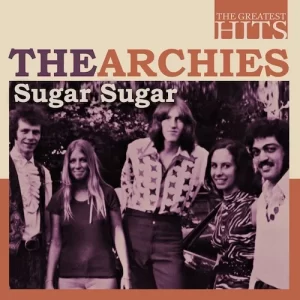
The Archies
The Archies played a pivotal role in 1960s bubblegum pop music by delivering one of the genre’s most iconic and successful songs: “Sugar, Sugar.” As a fictional band created for the Archie comic book series and animated TV show, The Archies embodied the bubblegum pop formula—cheerful, catchy, and tailor-made for young audiences. Spearheaded by producer Don Kirshner and featuring vocals by Ron Dante, the group’s music was crafted entirely in the studio by professional songwriters and session musicians. “Sugar, Sugar” topped the Billboard Hot 100 in 1969 and became the quintessential bubblegum pop hit. The Archies demonstrated how a completely fictional act could dominate the charts, showcasing the power of marketing, media synergy, and pure pop appeal in shaping the bubblegum sound and its cultural impact.
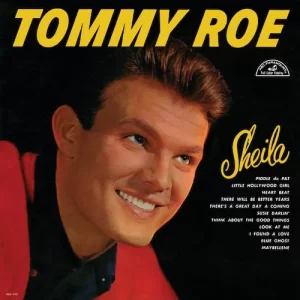
Tommy Roe
Tommy Roe was a key figure in the development of 1960s bubblegum pop music, blending rock and roll roots with bright, catchy melodies and youthful lyrics. Often called the “father of bubblegum pop,” Roe scored major hits like “Sheila,” “Sweet Pea,” and “Dizzy,” which exemplified the genre’s cheerful, sing-along style. His music featured simple structures, upbeat rhythms, and a playful tone that resonated with teen audiences. Roe’s success in the early and mid-1960s helped lay the groundwork for the bubblegum explosion later in the decade, influencing acts like The Archies and The 1910 Fruitgum Company. By combining pop accessibility with a clean, radio-friendly sound, Tommy Roe helped shape the genre’s identity and brought it into the mainstream, earning a lasting place in pop history.
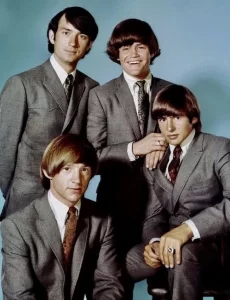
The Monkees
The Monkees were central to the rise of 1960s bubblegum pop music, blending television, teen appeal, and irresistibly catchy songs into a winning formula. Created for a TV show in 1966, the band was initially backed by top songwriters like Tommy Boyce and Bobby Hart, who crafted hits such as “Last Train to Clarksville” and “I’m a Believer.” These songs featured the bright melodies, simple lyrics, and upbeat energy that defined bubblegum pop. The Monkees’ massive popularity helped legitimize the genre and proved that music made for mass entertainment could achieve both commercial and cultural success. As their musical independence grew, they also demonstrated that bubblegum pop could evolve beyond its manufactured roots. Their influence set the template for countless acts that followed in both music and multimedia.

The Partridge Family
The Partridge Family delivered polished, radio-friendly songs with a clean, upbeat style that appealed to teens and families alike. Although they rose to fame in 1970 through their hit TV show, the group—featuring David Cassidy and Shirley Jones—reflected the bubblegum pop trends established in the late 1960s. Their debut single, “I Think I Love You,” became a No. 1 hit, showcasing the genre’s signature catchy hooks, simple lyrics, and cheerful production. Backed by skilled studio musicians and producers, The Partridge Family blurred the lines between television and pop music, much like The Monkees before them. While technically a 1970s act, their roots and impact were deeply connected to the 1960s bubblegum movement, helping to sustain its popularity into the new decade.
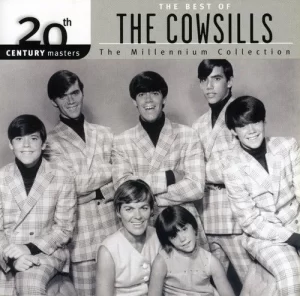
The Cowsills
The Cowsills brought family-friendly charm, tight harmonies, and catchy melodies to the pop charts. As a real-life family band, their wholesome image and upbeat sound made them ideal representatives of the genre’s cheerful and accessible style. Hits like “The Rain, the Park & Other Things” and “We Can Fly” blended bubblegum pop’s sugary appeal with touches of sunshine pop and psychedelia. Their success helped pave the way for other family-based acts and inspired the creation of The Partridge Family TV show. With their clean-cut image and radio-ready tunes, The Cowsills embodied the optimistic spirit of late-1960s bubblegum pop, bridging the gap between teen pop and mainstream entertainment while reinforcing the genre’s widespread appeal.
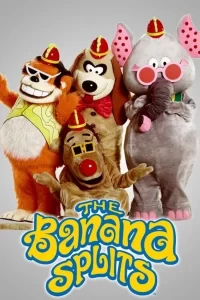
Banana Splits
The Banana Splits combined upbeat, kid-friendly pop with a colorful television presence that perfectly embodied the genre’s playful spirit. Created by Hanna-Barbera for the children’s TV show The Banana Splits Adventure Hour, the fictional band featured costumed animal characters performing catchy, lighthearted songs. Their most famous track, “The Tra La La Song (One Banana, Two Banana),” became a bubblegum pop classic with its simple melody, repetitive lyrics, and cheerful energy. Backed by producers associated with the bubblegum scene, the Banana Splits helped popularize the genre among younger audiences and reinforced its association with fun, fantasy, and mass-market appeal. Their cross-media success showed how bubblegum pop could thrive beyond radio, influencing music marketing aimed at children and families.
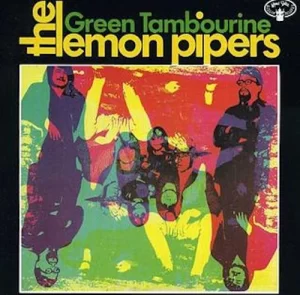
The Lemon Pipers
The Lemon Pipers contributed to 1960s bubblegum pop music by blending psychedelic rock with the genre’s trademark catchy, commercial sound. Best known for their 1967 hit “Green Tambourine,” the band brought a slightly more experimental edge to bubblegum pop while still embracing its bright melodies and playful lyrics. “Green Tambourine,” with its use of sitar, lush strings, and tambourine-driven rhythm, became one of the earliest psychedelic bubblegum hits, reaching No. 1 on the Billboard Hot 100. Although the band preferred a more rock-oriented style, their label, Buddah Records, steered them toward the bubblegum formula. Their success helped solidify bubblegum pop’s commercial viability and showed how it could incorporate elements of the psychedelic movement, broadening the genre’s appeal during the late 1960s.
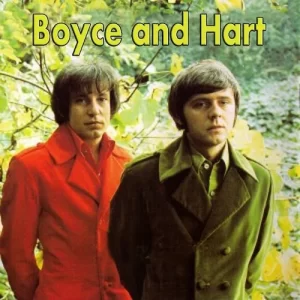
Boyce & Hart
Tommy Boyce and Bobby Hart were instrumental in shaping 1960s bubblegum pop music through their songwriting and production work, especially with The Monkees. They crafted irresistibly catchy hits like “Last Train to Clarksville” and “(Theme from) The Monkees,” blending pop-rock energy with teen-friendly lyrics. Their music struck the perfect balance between commercial appeal and playful charm, setting the tone for the bubblegum genre. Boyce and Hart also helped pioneer the studio-driven approach to pop music, where producers and songwriters created polished, ready-made hits. Beyond The Monkees, they released their own music as a duo and influenced countless acts in the emerging bubblegum scene. Their knack for memorable hooks and mass-market appeal left a lasting imprint on pop music of the era.